Retro Review: Q Acoustics Concept 20 – A Small Monitor With A Big Sound
MSRP: $900 (Canadian) Direct marketed and also retailed.
Verdict: The main strength of the Q Acoustics Concept 20 is neutrality. This results from the unique cabinet design (discussed below) which reduces cabinet resonances to a vanishing level. Rarely have I heard a more neutral transducer.
The sound is big and bold for such a small monitor and the Concept 20 can be firmly recommended as exceptional value in the small stand-mount format. Audiophiles looking to build a starter system for a small to medium sized room, at not much total cost, would be well advised to look long and hard at the Concept 20 or the slightly larger Concept 30. Go to the Canadian website for further information. (Footnote1)
https://qacousticscanada.ca/shop/
Introduction
Q Acoustics is a British speaker firm that sells direct as well as through retailers. It is rightly famed for its Concept series of speakers. The original, and in some ways still the very best from a price/ performance perspective, is the Concept 20, first introduced around 2013. I thought it would be useful to revisit this small stand-mount reflex design, even though it has now been the subject of literally dozens of highly appreciative reviews.
The ‘concept’ that is referred to in the name is the unique use of a two-cabinet design, with an inner core between the two cabinets filled with of a viscous damping material called GelCore™. The aim of this material is to block resonances in the cabinet, and convert any vibrations into heat. Thus the dual cabinet/GelCore design seeks to be as inert as possible and thus tries to reduce cabinet colourations to a vanishing level.
How does it work in practice? Very well indeed, as we shall see.
Design
The Concept 20 is quite compact, measuring just 10.2 X 6.7 X 11 inches overall. The cabinet is deeper rather than wide and it is ported at the back with bungs supplied in case of the user needing them, i.e. for placement purposes.
The two way reflex design uses a 125 mm woofer and a 25 mm soft dome tweeter to good effect and both are manufactured by Q Acoustics. The cabinet is highly finished and quite beautiful in laquered black or white. The drive units and the enclosure are both strikingly handsome besides sounding great.
The grills are easily removed, and the speakers without the grills sport an attractive fascia plate of brushed aluminum. This plate is part of the assembly, which clamps a butyl rubber sheet to the front baffle to reduce cabinet resonance in the plane facing the listener.
The Concept 20’s unique design applies an advanced technology to address cabinet resonance, which Q Acoustics claims is widely recognized as the single biggest hurdle preventing ‘high end’ sonic performance.
Quoting from the Q Acoustics web site: ‘The Concept 20 uses Gelcore Cabinet Construction, where two layers of MDF, are separated by a bespoke, resonance absorbing, non-setting adhesive which converts the kinetic energy and disperses it as heat. This substantially reduces distortion and allows the individual drive units to deliver their optimal performance, a pure and uncoloured sound’.
The frequency response is rated at 64 Hz to 22 kHz. The cross-over frequency is 2.9 kHz and the nominal impedence is 6 ohms, with a sensitvity of 88 db. Recommended amplifier power is 25 to 75 watts, but in practice the Concept 20 offers an easy load for an amplifier, and I found it responded well to my Unison Research ‘Simply Italy’, a modest EL34 single-ended tube design. Further specifications are listed below.
The Concept 20s are now joined by other Concept designed speakers so Q Acoustics has a complete range of speakers, both stand-mounts and floor-standers costing up to several thousand dollars. All these benefit from the GelCore technology. Of particular interest to current readers should also be the Concept 30 – a slightly larger/costlier but otherwise identical design to the Concept 20.
Setup
Q Acoustics did offer at one time some uniquely designed stands for the Concept 20s (as well as other Concept speakers in the line-up), but these were unavailable to me, so I used a pair of 24″ DALI stands for purposes of this review. The speakers were set about 1.5 feet from the back wall and eight feet apart measured at the tweeters. I believe they would benefit from a slightly taller stand, perhaps 30 inches being ideal, but I did not find them to be disadvantaged on the DALI stands.
A very slight toe-in was used but this was hardly necessary as these speakers image well when direct facing. The bungs were not required in my listening room but are available to control the bass output should it prove over-bloomed. I also tried the speakers with a subwoofer, a REL T/Zero Mk iii, but once again this was hardly necessary as the bass output of the Concept 20s was well defined without the sub.
The simple inputs were handled by a Cambridge Audio 640C compact disc deck using the on-board dual Wolfson DACs, as well as a Gold Note Valore Special Edition all-acrylic turntable with stock Gold Note arm and a HANA EL cartridge fitted. The cartridge was fed into a Parasound Zphono preamp and then the signal was sent on to the Unision ‘Simply Italy’ integrated.
The Sound
A large number of CDs and records were auditioned as the review period for the Concept 20s lasted several months. Discussed below are only a sample of the tracks we played as the normal pattern was to listen to whole albums.
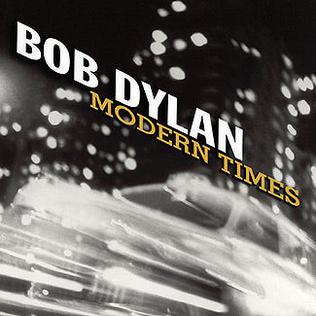 Mindful of the neutrality of the Concept 20s, I spun up Modern Times by Bob Dylan. The challenge with any Bob Dylan album is to decipher his poetry by listening carefully to his rhyming. The Concept 20s did a quite admirable job of conveying the majority of the lyrics on this resurgent album by Dylan. Sometimes Bob Dylan albums can be quite murky and this destroys the continuity of the lyrics, which is essential to maintain interest in the songs. No such problem was apparent here.
Mindful of the neutrality of the Concept 20s, I spun up Modern Times by Bob Dylan. The challenge with any Bob Dylan album is to decipher his poetry by listening carefully to his rhyming. The Concept 20s did a quite admirable job of conveying the majority of the lyrics on this resurgent album by Dylan. Sometimes Bob Dylan albums can be quite murky and this destroys the continuity of the lyrics, which is essential to maintain interest in the songs. No such problem was apparent here.
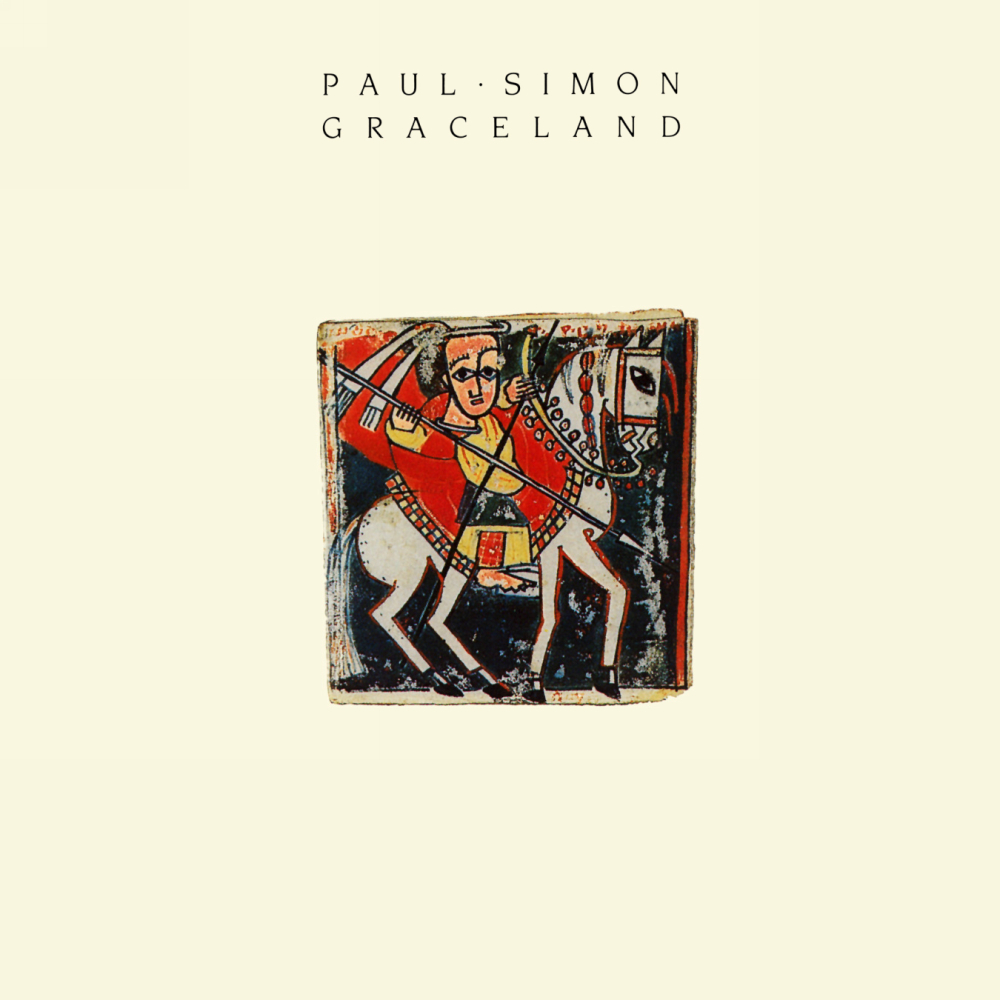 I then turned to another classic, Paul Simon’s album Graceland. This album was a phenomenal success upon its release and it holds up well as the years pass. The album opens with a deep bass track that was well rendered by the Concept 20s even without a sub-woofer. The essential neutrality of the Concept 20s meant that the sections where Simon used back-up singers from the ‘townships’ of South Africa, were rendered in all their pristine glory. The centerpiece of the album is the track Graceland, where Simon reminisces about his visit with his son to this mansion and shrine to Elvis. I found the track to be uplifting and replayed it twice to refamiliarize myself with the narrative details.
I then turned to another classic, Paul Simon’s album Graceland. This album was a phenomenal success upon its release and it holds up well as the years pass. The album opens with a deep bass track that was well rendered by the Concept 20s even without a sub-woofer. The essential neutrality of the Concept 20s meant that the sections where Simon used back-up singers from the ‘townships’ of South Africa, were rendered in all their pristine glory. The centerpiece of the album is the track Graceland, where Simon reminisces about his visit with his son to this mansion and shrine to Elvis. I found the track to be uplifting and replayed it twice to refamiliarize myself with the narrative details.
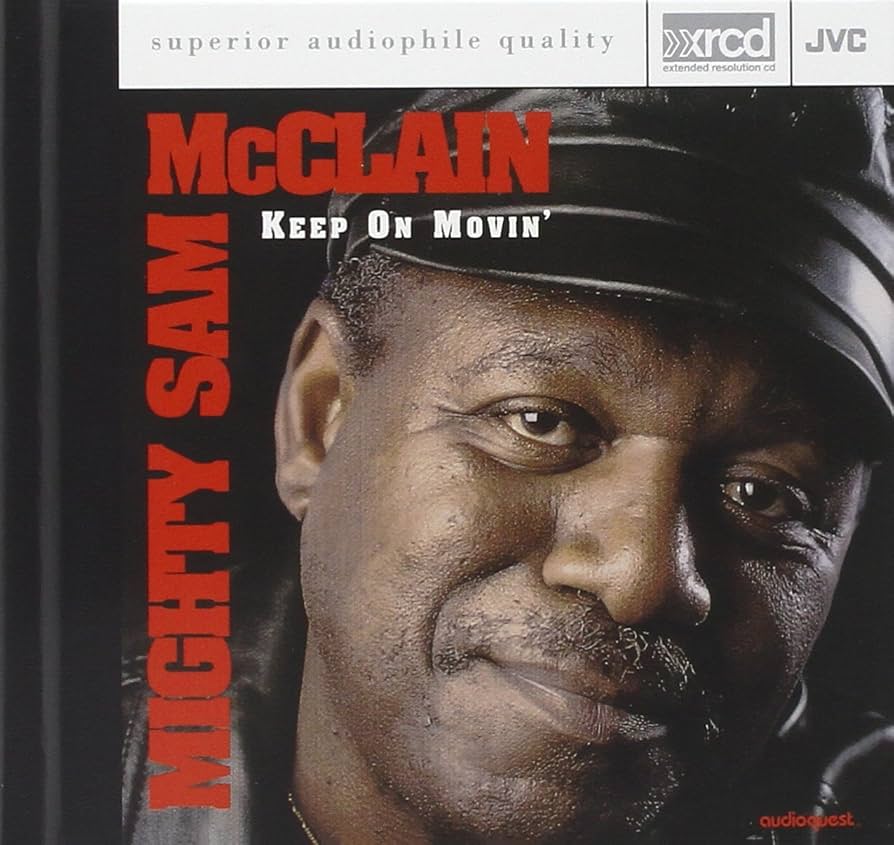 Turning to R & B (my favourite musical genre) I spun up an old chestnut, Mighty Sam McClain’s Audioquest recording called Keep On Movin’. I have heard this album maybe a hundred times, but the recording and production values by Audioquest reign supreme. The cuts range from ballads to real rockers and McClain’s voice has never been recorded better. Once again the essential neutrality of the Concept 20s was immediately apparent. I found that this led me to increase the volume levels higher than I usually set and I immersed myself in the studio effects which were very well rendered. The whole album has a kind of ‘live feel’ with intro and outro commentary adding to the live effects and this was well highlighted by the Concept 20s.
Turning to R & B (my favourite musical genre) I spun up an old chestnut, Mighty Sam McClain’s Audioquest recording called Keep On Movin’. I have heard this album maybe a hundred times, but the recording and production values by Audioquest reign supreme. The cuts range from ballads to real rockers and McClain’s voice has never been recorded better. Once again the essential neutrality of the Concept 20s was immediately apparent. I found that this led me to increase the volume levels higher than I usually set and I immersed myself in the studio effects which were very well rendered. The whole album has a kind of ‘live feel’ with intro and outro commentary adding to the live effects and this was well highlighted by the Concept 20s.
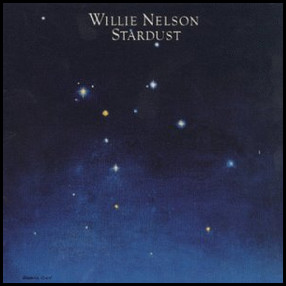 Turning to vinyl I then played that old chestnut album Stardust, by Willie Nelson. My copy has been played so often it is nearly worn out, but the ability of Nelson to take a series of American standards and make them all his own was, at the time of the album’s release, a major accomplishment. Once again the neutrality of the Concept 20s rose to the surface. There is a sweet spot where Nelson’s voice is just right and this bar was met by the Concept 20s in short order. I had a visitor during this album’s review and he is a Willie Nelson fan with direct experience of Willie’s live concerts. He commented that for him Willie was right in the room.
Turning to vinyl I then played that old chestnut album Stardust, by Willie Nelson. My copy has been played so often it is nearly worn out, but the ability of Nelson to take a series of American standards and make them all his own was, at the time of the album’s release, a major accomplishment. Once again the neutrality of the Concept 20s rose to the surface. There is a sweet spot where Nelson’s voice is just right and this bar was met by the Concept 20s in short order. I had a visitor during this album’s review and he is a Willie Nelson fan with direct experience of Willie’s live concerts. He commented that for him Willie was right in the room.
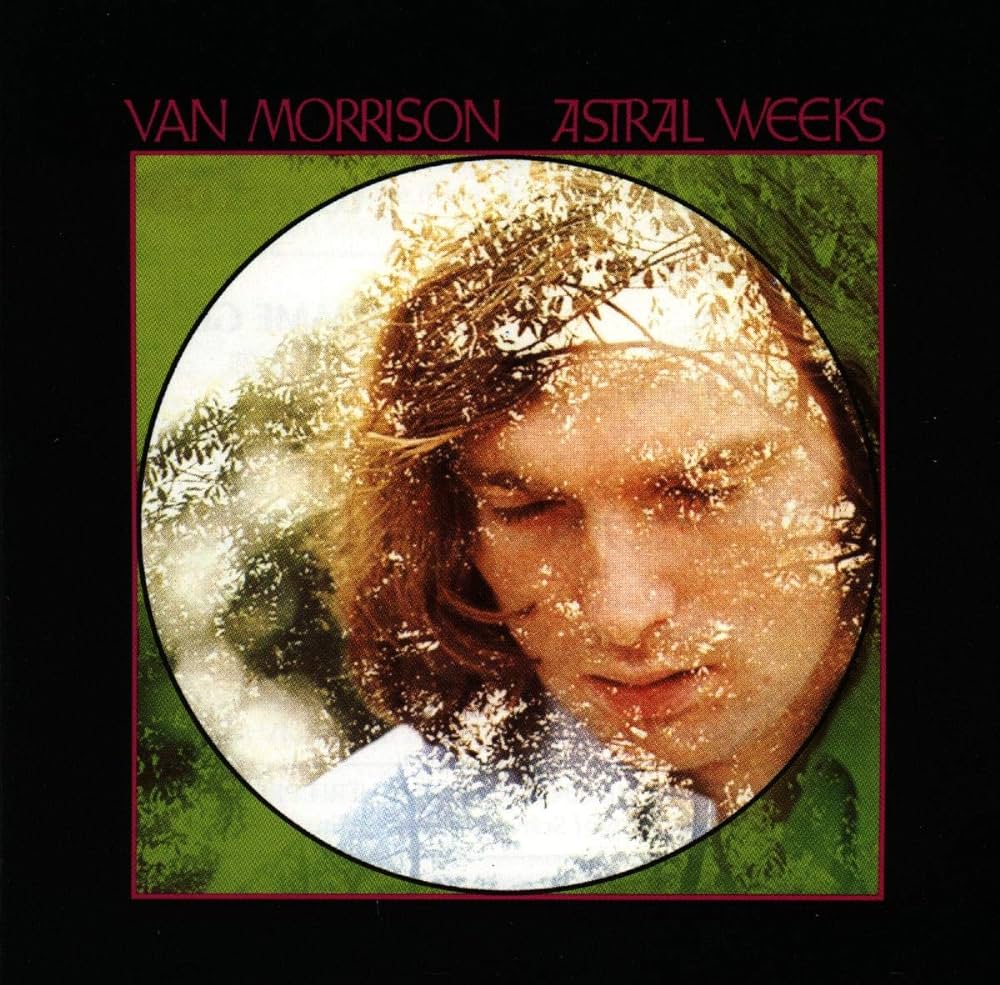 Finally, I will comment on my vinyl copy of Van Morrsion’s mind-shattering release Astral Weeks. Morrison was very young when this was recorded in New York – he was only about twenty-two or three at that time. The album was recorded over a very short period of time and is considered by many Morrison fans to be his best ever effort. What surfaced with the Concept 20s was the ‘youthful voice’ of Morrison. No one could mistake Morrison’s voice here with the grizzled old man of his later recordings. His voice on this album sounds so young and fresh and full of spirit. My favourite track Madame George mesmerized me and I only wish that more tracks were available from ‘Van the Man’ duirng that splendid era of late 1960’s music.
Finally, I will comment on my vinyl copy of Van Morrsion’s mind-shattering release Astral Weeks. Morrison was very young when this was recorded in New York – he was only about twenty-two or three at that time. The album was recorded over a very short period of time and is considered by many Morrison fans to be his best ever effort. What surfaced with the Concept 20s was the ‘youthful voice’ of Morrison. No one could mistake Morrison’s voice here with the grizzled old man of his later recordings. His voice on this album sounds so young and fresh and full of spirit. My favourite track Madame George mesmerized me and I only wish that more tracks were available from ‘Van the Man’ duirng that splendid era of late 1960’s music.
Comparisons
As a simple point of comparison I put into the system my trusted DALI Spektor 1s to gauge the performance of the Concept 20s. The diminutive Spektor 1s are less than half the price ($399) of the Concept 20s, and they definitely do require a sub-woofer, but they throw a lovely sound stage and represent a fantastic budget option.
The DALIs are easy keepers and can be listened to all day long but after my period of adjusting to the essential neutrality of the Concept 20s, the little DALIs were outclassed at every turn. The DALIs are coloured in ways that are not immediately obvious and in ways that do endear them to the listener, but, nevertheless, they are coloured. The pristine and clean reproduction of the Concept 20s just makes you face this reality.
Further, the Concept 20s do not require a subwoofer, and their bass reproduction is also clean and well-formed. The little DALIs beg for a sub and then there are always integration issues as add-on subs can be difficult to blend with main speakers.
I was also able to briefly compare the Concept 20s to the Spendor Classic 3/1s. These are stand-mount speakers found in the Classic Spendor range and although they are more than five times the price of the Concept 20s, they do provide another kind of perspective.
There could hardly be a speaker that is, from a design perspective, more opposite to the Concept 20s. The Spendors use the BBC-derived thin wall cabinet design, and the cabinet is intentionally designed to vibrate like a musical instrument. These vibrations are carefully controlled and are pushed out of the mid-range by careful damping and a high crossover frequency. An inert cabinet they are definitely not.
After living with the low distortion Concept 20s, the Spendors were a bit of a shock as the cabinets do vibrate. Owners of Harbeths, which are also ‘thin wall’ designs, will be aware of what I am speaking about here.
Coming off listening to the Q Acoustics, the Spendors sound ‘impossibly coloured’, but there is a certain genius to this madness. The colorations are in fact highly euphonic and add weight and above all ‘body’ to the instruments being reproduced, including the human voice.
Thus the Spendor Classic BBC-style thin wall design adds much to the voicing of the speaker, and so instruments like saxophone and piano and human voice tend to sound more real when compared to the less resonant sound of speakers that exert higher levels of resonance control.
This effect, I would stress, is not really reflected in ‘frequency response’, which is nominally flat in the case of both speaker types. But rather it is a function of voicing and body due to resonance effects. Audiophiles will react differently to these voicing effects but I do much prefer the extra body which only comes at a substantial price.
Conclusions
It would be very unfair not to firmly recommend the Concept 20s, particularly as the price/performance ratio is about as high as it gets in the audio game.
I do seem to remember that ‘What HI-Fi’ gave the Concept 20s a five star rating and closed their review with this (paraphrased) comment – ‘buyers who overlook this speaker do so at their peril’. I think that still pretty well sums up the story behind the Concept 20 (and 30).
Footnote 1: The Canadian website indicates that the Concept 20 is not currently available but the Concept 30, a slightly larger but identical design, is available. Concept 20s are also available from time to time on the secondary market.
Specifications
Weight: 5.6kg / 12.3 lbs Per Speaker
Dimensions H/D/W: 260 x 170 x 255 mm /10.2″ x 6.7″ x 10″ Cabinet
Dimensions H/D/W: 260 x 170 x 280 mm / 10.2″ x 6.7″ x 11″ Overall
Enclosure Type: 2-way reflex
Bass Unit: 125mm
Treble Unit: 25mm
Frequency Response: 64Hz – 22kHz
Nominal Impedance: 6 ohm
Minimum Impedance: 4 ohm
Sensitivity: 88dB / 1w / 1m
Recommended Power: 25 – 75w
Crossover Frequency: 2.9kHz


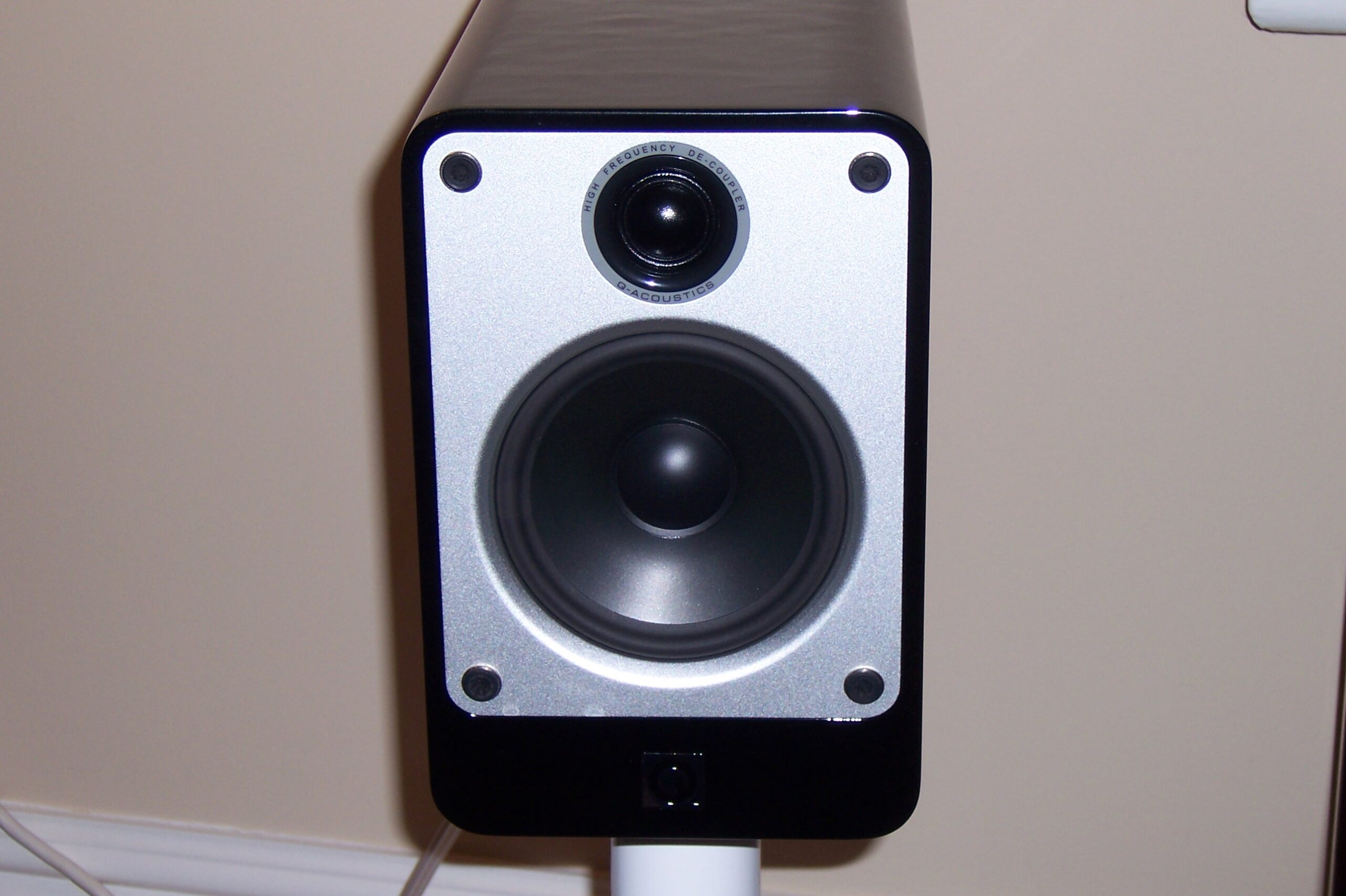
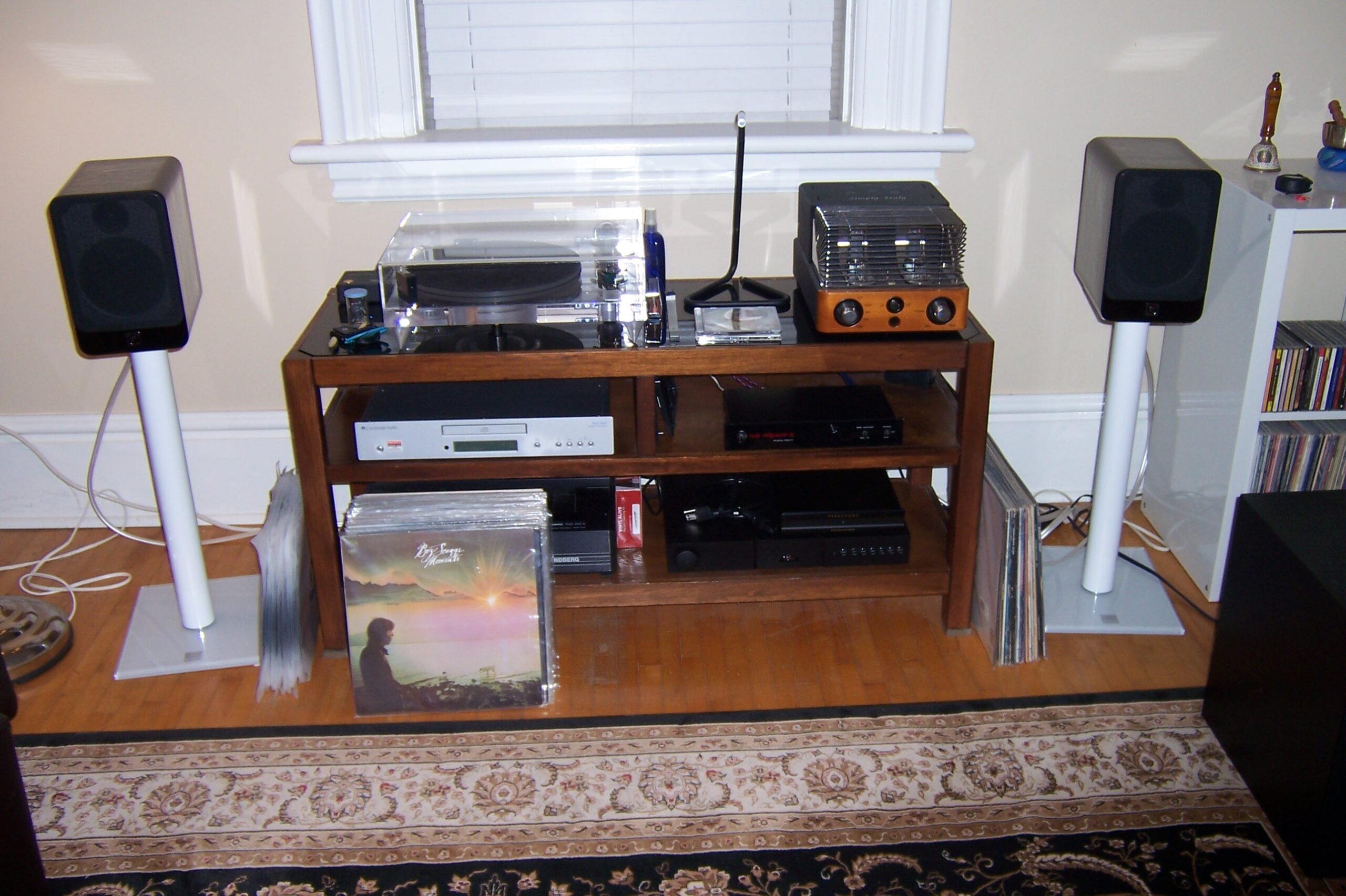
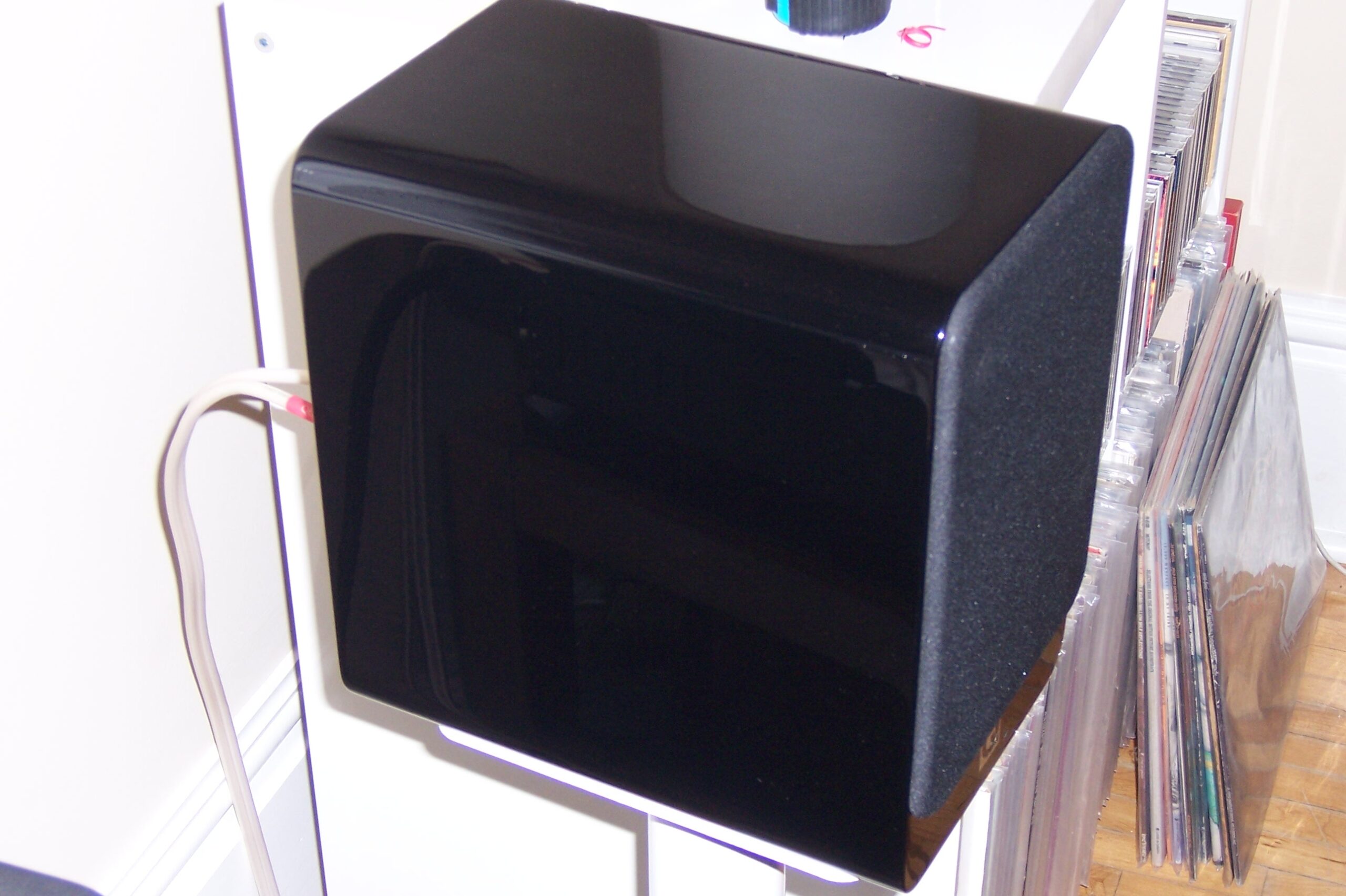
HI,
A further comment. I just noticed that the Concept 30 is currently priced at $1995 (Canadian) which is a lot more than it was a few years ago. Evidently the general success of the Concept range has raised all the prices of these speakers. A used Concept 20 or 30 is now far better value.
Cheers,
David Neice
It appears that QA has discontinued the Gelcore’d Concept 20 for good. The Wharfedale 220/225 or KEF Q150 (including the ‘older’ KEF Q100) serve as reasonably priced alternatives, especially in the US. Notably, the cabinet of the Wharfedale 220 is solid, too.
I have owned the 220s and have seen the kef 150 many times. the kef might be close but the Wharfedale not. It had very nasally sound. The kef uniq is closer but the cabinet is vinyl.
All good choices—and, yes, each of these speakers is differentiated. Too bad the Concept 20 is gone; it’s a Fink.
Cool to see this review in 2024. I own these speakers and they were an open box damaged specimen for only 225 EUR. They had no damage and we’re perfect. They were missing a jumper, which one quick mail to Q acoustics and this was resolved by their cheerful staff.
These speakers punch far above their price in the fit and finish department. They are very well made (for their original price). They are indeed neutral. Not too much treble, no too much bass. The drivers can get quite loud although they are just in my PC near field system. They have a nice phantom center image. They never get sibilant and I can listen for extended periods while working.
Nice review. I d like to hear the new 30s but the jump in price is crazy.
Since the Concept 30 is noted here, I’m curious: Has anyone online (or in print) done a genuine side-by-side comparison of the Concept 20 and the ever so slightly larger Concept 30? Seems ‘dedicated stands’ would not be necessary, regardless.
Hi sorrel,
I am not aware that the 20 and 30 have been compared side by side. It seems to me that when Q Acoustics discovered that their market for the Concept series speakers was ‘upscale’ that the early emphasis on the 20 and 30 model kind of faded away. Unfortunate.
Cheers,
David Neice